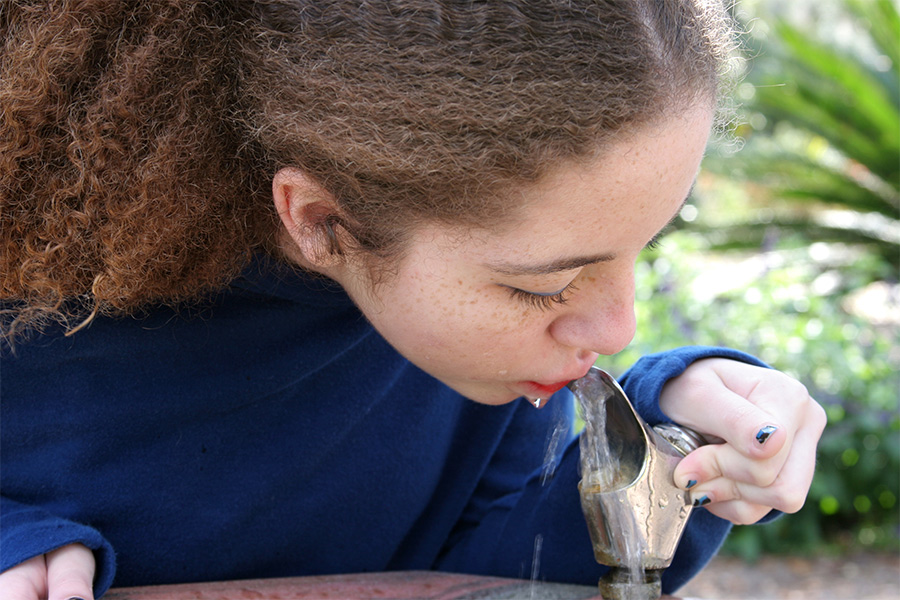The report, “Early Adopters: State Approaches to Testing School Drinking Water for Lead in the United States,” concluded that 3 percent of California’s K-12 public schools had at least one tap with an elevated level of lead in water and 1 percent of all taps tested in the California’s public schools had shown lead levels at or above the level requiring action — 15 parts per billion per one liter of water.
Those results are based on testing at just 22 percent of the state’s more than 10,000 K-12 public schools. Previously, California offered schools free tap water testing for lead on a voluntary basis through a program of the State Water Resources Control Board. Now, under Assembly Bill 746 (Fletcher-Gonzalez, D-San Diego), community water systems are required to test five outlets at all California public K-12 school sites that were constructed before Jan. 1, 2010 by July 1. According to the California State Water Resources Control Board, less than half of California’s roughly 11,000 public schools (4,429) have been tested so far.

Other factors also make it difficult to determine how much lead is in the drinking water at California’s schools. “California only tests only five taps per school — our study found that testing more taps increased the chance of finding lead,” Hecht said.

- Community water systems are required to test at all California public K-12 school sites that were constructed before Jan. 10, 2010, by July 1
- Less than half of California’s K-12 public schools have been tested so far
- Drinking such contaminated water can lead to health and developmental problems, and impair cognitive ability
California also samples tap water at “first draw,” or the first sample of water after a period of stagnation, rather than testing subsequent samples from the same source. The practice allows for testing water that has been sitting in pipes overnight, which is often presumed to have the highest concentration of lead.
“Evidence shows that this is not always the case, and sometimes a later draw will have a higher concentration,” Hecht said.
Given these findings, schools and districts across California are encouraged to test for lead and to take advantage of state remediation programs. Typically, lead can be found in older pipes, water fountains, faucets, solder and other plumbing fixtures. This is particularly true for schools built before 1986, when the Safe Drinking Water Act reduced the amount of lead content in water. Older pipes, too, can corrode and lead can mix into the water supply.
Drinking such contaminated water can lead to health and developmental problems, and impair cognitive ability. Children under the age of 6 and pregnant women are particularly vulnerable.
“We can’t yet make a thorough determination of lead exposure in school drinking water in California, or in most states, but no level of lead exposure is safe,” Hecht said.
Read the report from the Nutrition Policy Institute and the TH Chan School of Public Health at Harvard University, here: http://bit.ly/2Gy8Frn.